  |
  |
As 1930 rolled in, what type of film was likely to roll out? The state of the Hollywood movie industry at this time was molded by several trends and events. To understand the state of affairs in 1930, we must first take a look at what had happened in the Roaring Twenties, as that decade came to a close.
In the midst of post World War I Hollywood, the industry struggled between box office success and the threat of censorship. Financial gains were to be had by producing racy and sexually suggestive films. To counterbalance this were the religious groups calling for censorship and good taste.
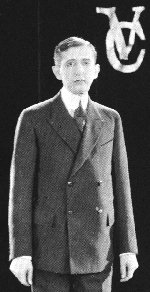
In 1922 the film industry's attempt to self regulate put former Postmaster General and Presbyterian Elder Will Hays firmly in the center of the fray. The Hays office headed off some censorship by cajoling the producers and soliciting support for their actions from those groups clamoring for a cleanup.
With Hollywood holding the reputation of a world of sex and drugs, one of the Hays Office's moves was to get the studios to insert 'morality clauses' in their players' contracts. It was an attempt to clean up the tarnished image brought on by a raft of scandals involving sexual improprieties and drugs.
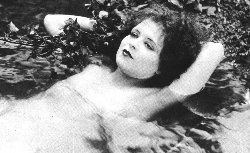
The cleanup was far from successful on screen in the eyes of religious groups and the state censors. Jazz babies such as 'It' girl Clara Bow showed that the wild parties of real life Hollywood could still be brought to the screen.
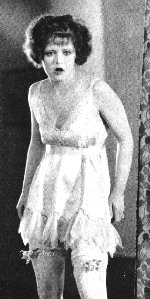
British author Elinor Glyn had arrived in Hollywood and during the 1920s she led the discussion on just what IT really was. To simplify the description she dubbed Clara Bow the quintessential IT GIRL. In the last half of the 1920s hardly another female could challenge the Jazz Baby's popularity.
There was, however, one female star who did shine brighter than Clara at the end of the decade. That was the mysterious and alluring Greta Garbo. She shot to stardom in 1927 when paired with the preeminent male lead of the day, John Gilbert, in Flesh and the Devil.
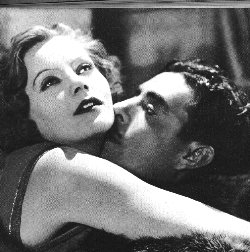
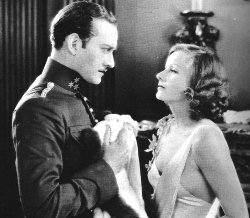
Garbo's popularity hinged on more than just her sensuality. There was something mysterious about her. She displayed cold stares and harbored a complicated personality, or so it seemed. Her sex appeal, along with some morally questionable storylines, challenged compliance with Will Hays' Production Code more than once.
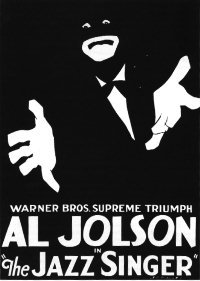
Box office success at the end of the 1920s depended on more than just skirting the limits of censorship, however. In October of 1927 a troubled Warner Bros. studio released the first feature length talking movie, The Jazz Singer, starring Al Jolson. The Vitaphone technology that was used helped propel them out of their financial woes and into first place among the major studios vying for Hollywood supremacy.
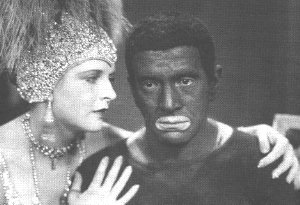
Although The Jazz Singer was essentially a silent speaking movie with singing, it didn't take long for the sound revolution to take hold. Movies were advertised as "All-talking, all-singing, and all-dancing". With sound came the 'Musical', and the 'Musical Comedy', mainstays of 1929.
MGM, with its professional attitudes and meticulous craftsmen, took time before releasing their first sound film. It was, however, the first true 'Musical' and set standards and trends for all the musicals of the early thirties. The Broadway Melody was a big hit after its opening on February 1, 1929 at Grauman's Chinese Theater. Many imitators would follow the successful 'Musical' formula.
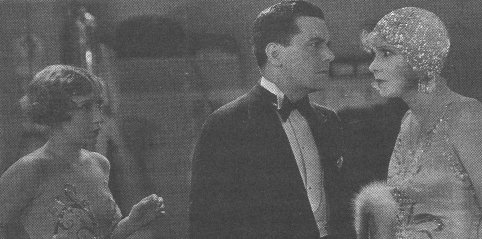

Unresticted by formulas but no strangers to comedy, the Marx
Brothers first came to the screen in 1929 as well. Paramount
released The Cocoanuts which was the first Broadway
Musical Comedy adapted as a
movie. Verbal comedy such as the classic 'Viaduct' routine could
now be a part of film. The 'talkie' novelty was starting to wear
off in 1929. At first the public would flock to any sound film
but as the evolution continued through 1928 and 1929, the art of
making a good sound picture began to take form. The
Cocoanuts mixed both visual and verbal comedy as well
as singing to produce a balanced result.
One other major event helps to set the stage for the 1930s.
Along with the censorship struggle and the advent of sound, the
stock market crash in 1929 would intensify the major studios'
struggle to succeed. Net profits for the major producers rose
400% between 1927 and 1929. The talking movie delayed the
inevitable downslide as theater attendance actually rose in 1930.
Expensive retooling for sound had required enlisting
financial aid from eastern parent companies and Wall Street
banking firms. Hollywood's success had brought big business control.
However, the depression would eventually hit and hit hard.
The pressure to make movies that would succeed at the box office
would be greater than ever as the Hollywood Thirties arrived.

| |
 | <--next |
 |